Introduction
Discovering the Beauty of Hue
In central Vietnam, Hue is a city rich in history, culture, and scenic landscapes. Once serving as the imperial capital, it boasts ancient palaces, tombs, and temples that preserve the legacy of the past. Whether you’re passionate about history, local cuisine, or exploring nature, Hue has something special for you.
Why Hue Should Be on Your Travel List
Unlike the bustling metropolises of Hanoi and Ho Chi Minh City, Hue offers a peaceful yet culturally rich experience. It’s an ideal destination to step back in time while appreciating breathtaking scenery and authentic Vietnamese flavors.
Historical Background
Significance of Hue in Vietnam’s Past
Hue was the capital of Vietnam from 1802 to 1945 during the reign of the Nguyen Dynasty. As a former political and cultural hub, it played a crucial role in shaping the country’s history.
The Influence of the Nguyen Dynasty
The Nguyen rulers transformed Hue into a magnificent imperial city, constructing opulent palaces, temples, and tombs that remain to this day.
The Effect of Conflicts on Hue’s Heritage
Hue experienced significant damage during wars, but restoration efforts have helped preserve its architectural and cultural wonders.
Exploring the Imperial City
An Overview of the Citadel
The Imperial City is a vast complex of palaces, courtyards, and gates. It served as the administrative and residential center of the Nguyen Dynasty and is now one of Hue’s top attractions.
The Forbidden Purple City – A Hidden Gem
Once an exclusive domain of the emperor and his inner circle, the Forbidden Purple City sustained heavy damage but still holds historical significance.
The Cultural and Architectural Grandeur
The Citadel’s blend of Vietnamese, Chinese, and French influences showcases the evolving cultural heritage of Hue.
The Captivating Perfume River
The River’s Role in History
Flowing through Hue, the Perfume River is not only beautiful but also carries historical importance.
How to Best Experience the Perfume River
Enjoy a boat tour at sunset or cycle along the riverbanks to take in the scenic beauty.
Notable Temples and Pagodas
Thien Mu Pagoda – A Landmark of Hue
Located by the river, Thien Mu Pagoda is an iconic seven-story temple offering stunning views.
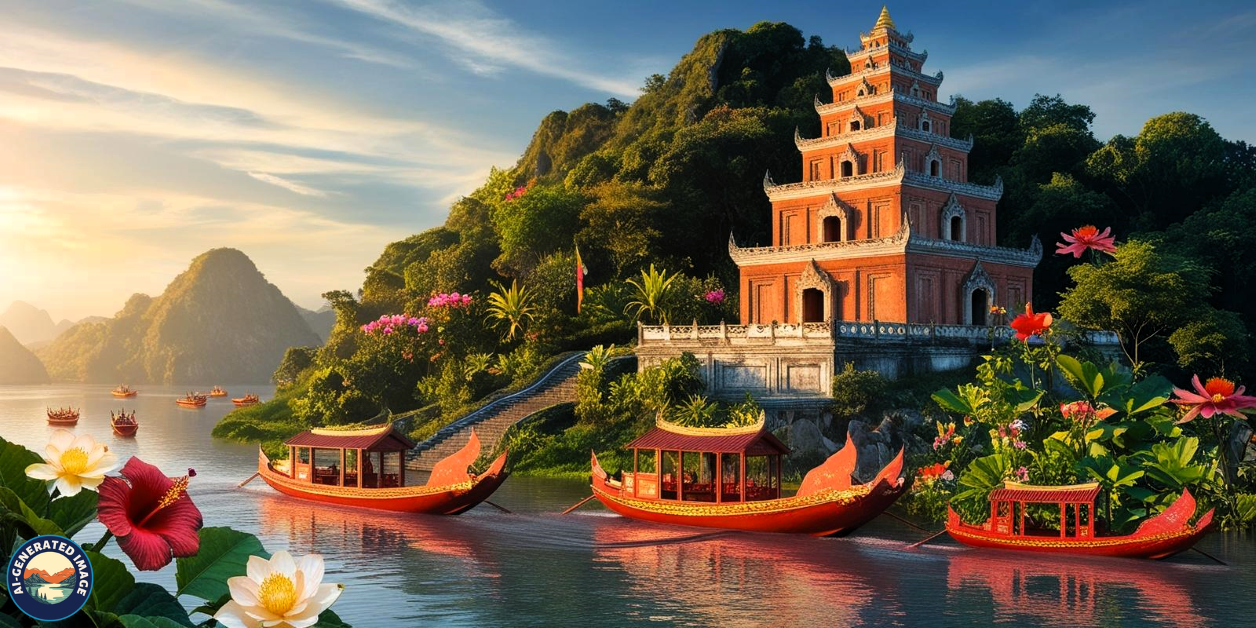
Tu Hieu Pagoda – A Place of Serenity
A tranquil retreat is known for its historical and spiritual significance.
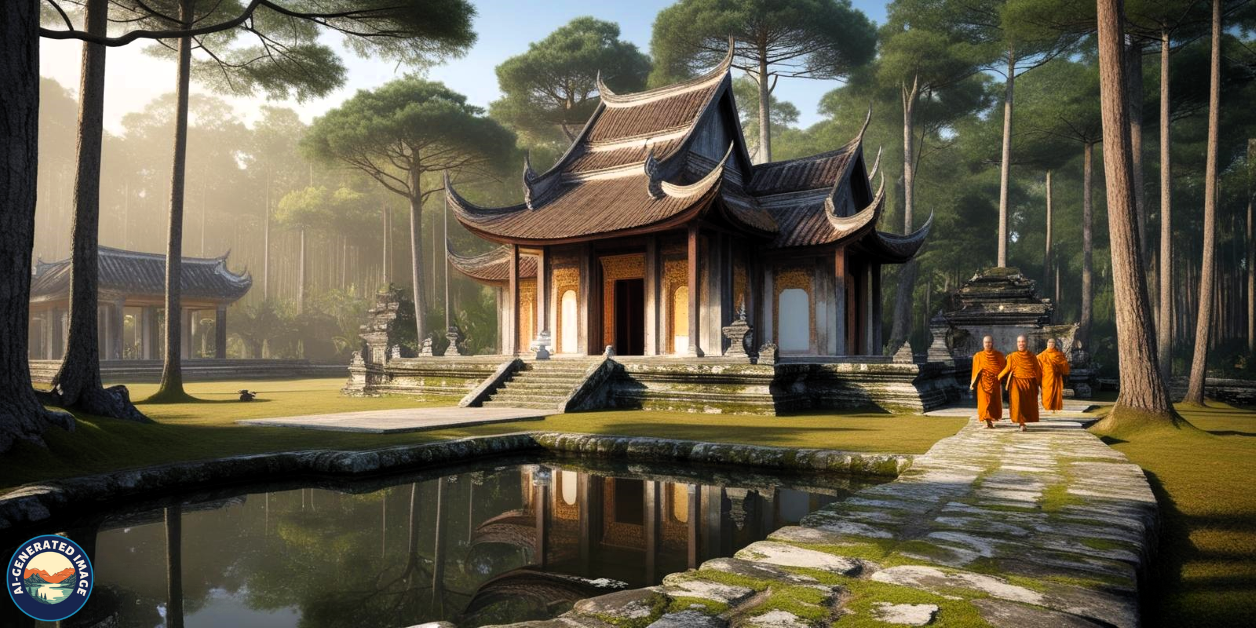
Hon Chen Temple – A Riverside Sanctuary
Dedicated to the goddess Po Nagar, this temple is revered by both locals and visitors.
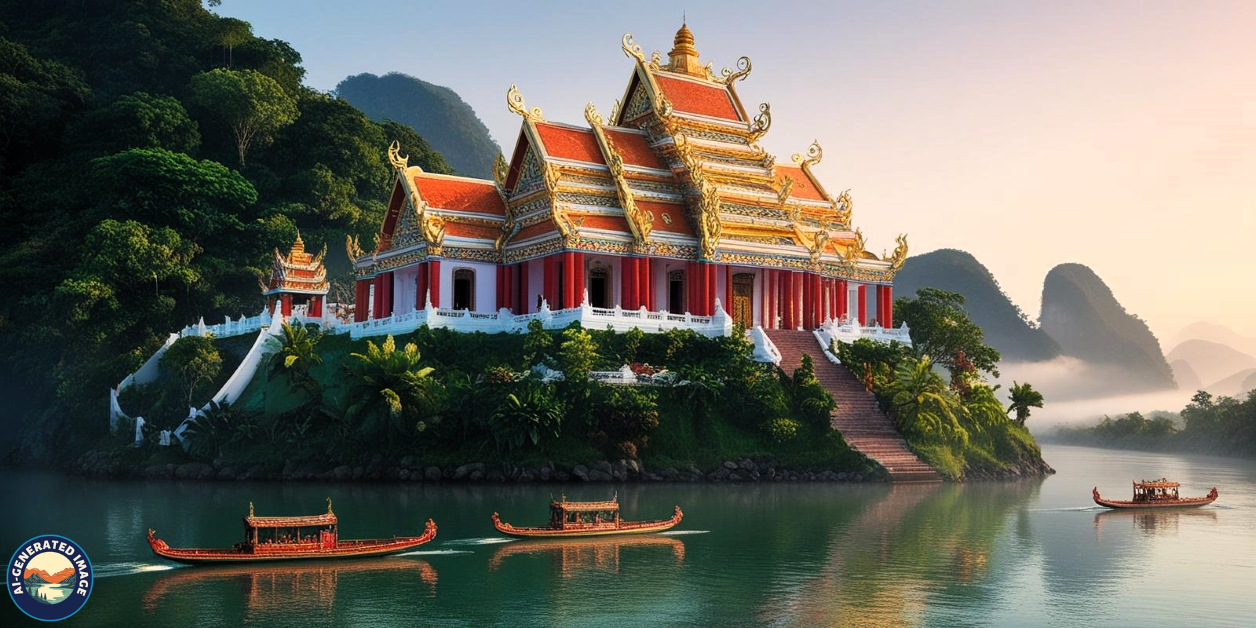
The Magnificent Royal Tombs
Minh Mang Tomb – A Harmonious Design
Lush gardens surround this tomb, showcasing traditional Vietnamese architecture.
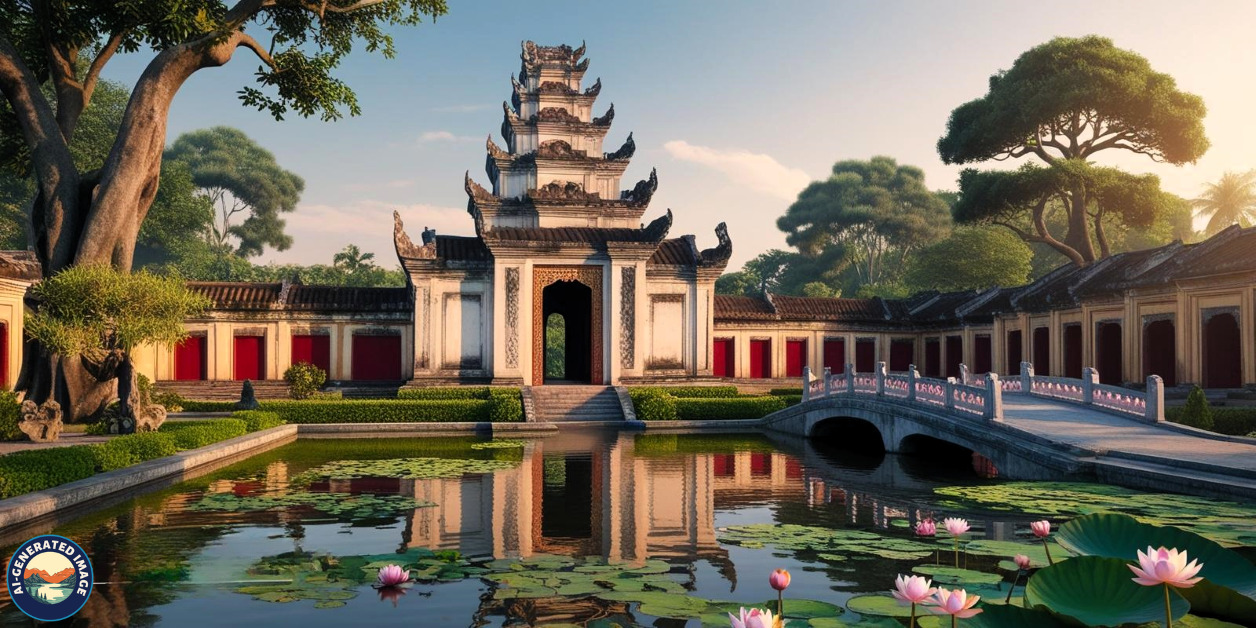
Khai Dinh Tomb – A Fusion of East and West
A unique tomb with elaborate European-influenced designs.
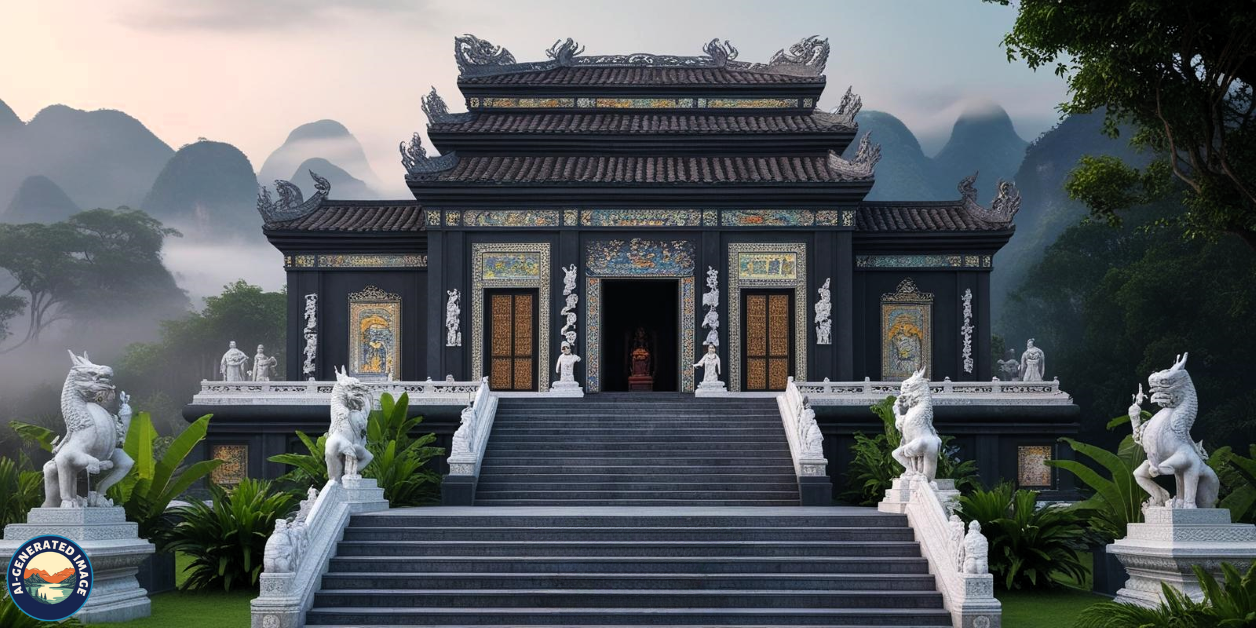
Tu Duc Tomb – A Poetic Resting Place
This tomb, set amidst serene surroundings, reflects the emperor’s love for poetry and nature.

Hue’s Culinary Delights
Bun Bo Hue – The Signature Dish
A flavorful and spicy noodle soup that represents Hue’s culinary heritage.
Traditional Street Foods – Banh Beo, Banh Nam, Banh Loc
Hue’s food scene is famous for these delicate rice cakes and dumplings.
Com Hen – A Simple Yet Tasty Dish
A delicious dish made with baby clams and aromatic herbs.
Hue Festival – A Cultural Extravaganza
Held every two years, the Hue Festival showcases traditional music, dance, and parades celebrating the city’s heritage.
Beyond the City – Hidden Gems
Bach Ma National Park – A Haven for Nature Lovers
A great place for trekking and spotting wildlife.
Thuan An Beach – A Peaceful Retreat
An ideal beach getaway just a short drive from Hue.
The Abandoned Water Park – A Mysterious Attraction
A forgotten amusement park that intrigues urban explorers.
Best Time to Visit Hue
Weather Conditions Throughout the Year
Spring and autumn offer pleasant weather, making them the best times to visit.
Ideal Months for Sightseeing and Festivals
March to August provides the best conditions for exploring Hue’s landmarks.
Getting to and Around Hue
Transportation Options
Flights, trains, and buses make reaching Hue convenient.
Navigating the City
Rent a cyclo, or motorbike, or take a boat for an authentic Hue experience.
Where to Stay – Accommodation Options
Budget-Friendly Hostels
Perfect for backpackers and budget travelers.
Mid-Range Hotels
Affordable yet comfortable lodging options.
Luxury Resorts for an Opulent Experience
Enjoy riverside stays with world-class amenities.
Essential Travel Tips
Respecting Local Culture
Dress modestly and follow traditional customs when visiting sacred sites.
Safety Recommendations
Remain cautious of personal belongings while exploring the city.
Budget-Friendly Travel Hacks
Eat at local markets and use public transport to save money.
Conclusion
Hue seamlessly blends history, culture, and natural beauty. Whether you’re exploring the Citadel, taking a boat ride on the Perfume River, or enjoying a bowl of Bun Bo Hue, the city offers an enriching and memorable experience.
FAQs
1. What makes Hue special?
Hue is renowned for its Imperial City, royal tombs, picturesque Perfume River, and exquisite cuisine.
2. How long should I stay in Hue?
A two- to three-day visit is ideal to experience the main attractions.
3. Is Hue a good destination for solo travelers?
Yes, Hue is generally safe, but standard travel precautions are advised.
4. What souvenirs should I buy?
Consider purchasing Non-La (conical hats), lacquerware, and traditional crafts.
5. Can I visit Hue on a day trip from Da Nang?
Yes, but staying overnight allows for a more immersive experience.

